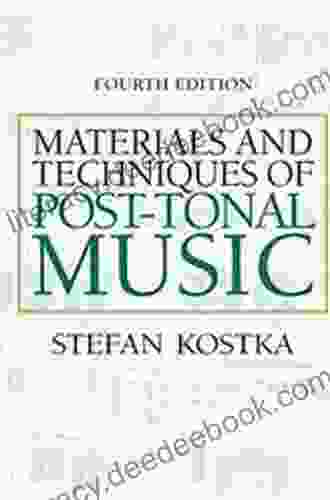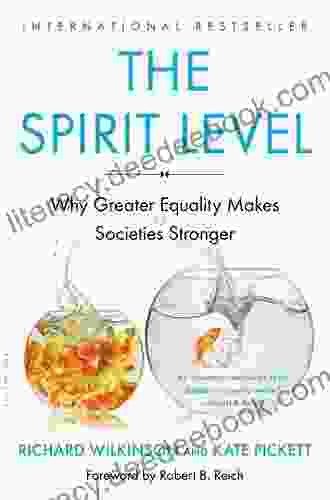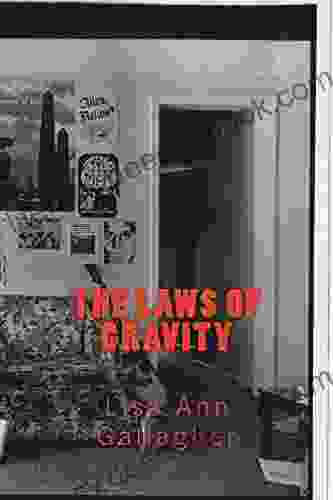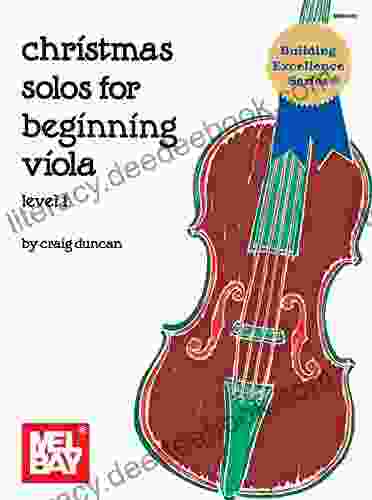Post-tonal music is a broad term used to describe music that is not based on traditional tonal harmony. Tonal music is based on the idea of a central key or tonic, and the music revolves around this central pitch. Post-tonal music, on the other hand, does not have a clear tonic, and the music is often more dissonant and complex.
There are a number of different materials and techniques that can be used in post-tonal music. These include:
4.3 out of 5
| Language | : | English |
| File size | : | 16996 KB |
| Text-to-Speech | : | Enabled |
| Screen Reader | : | Supported |
| Enhanced typesetting | : | Enabled |
| Word Wise | : | Enabled |
| Print length | : | 333 pages |
- Non-traditional scales and harmonies: Post-tonal music often uses scales and harmonies that are not based on the traditional major and minor scales. These scales and harmonies can be more dissonant and complex, and they can create a sense of tension and instability.
- Polytonality: Polytonality is the use of two or more keys at the same time. This can create a sense of confusion and disorientation, and it can be used to create a variety of different effects.
- Atonality: Atonality is the complete absence of tonality. This means that there is no central key or tonic, and the music is completely free from any traditional harmonic structures.
- Serialism: Serialism is a compositional technique in which a series of pitches is used as the basis for the entire composition. This series can be used to create melodies, harmonies, and rhythms, and it can be used to create a sense of unity and coherence.
Post-tonal music can be challenging to listen to, but it can also be very rewarding. This type of music can offer a new way of listening to music, and it can open up a whole new world of musical possibilities.
Materials of Post-Tonal Music
The materials of post-tonal music are the pitches, rhythms, and timbres that are used to create the music. These materials can be used in a variety of different ways to create a wide range of musical effects.
Pitches
The pitches used in post-tonal music are not limited to the traditional major and minor scales. This means that composers are free to use any pitch or combination of pitches that they want. This can create a sense of freedom and exploration, and it can open up a whole new world of musical possibilities.
Rhythms
The rhythms used in post-tonal music are often more complex and irregular than the rhythms used in tonal music. This can create a sense of tension and instability, and it can be used to create a variety of different effects.
Timbres
The timbres used in post-tonal music are often more varied and experimental than the timbres used in tonal music. This can create a sense of newness and excitement, and it can be used to create a variety of different musical effects.
Techniques of Post-Tonal Music
The techniques used in post-tonal music are the ways in which the materials of music are combined to create a finished composition. These techniques can be used to create a wide range of musical effects, from the simple to the complex.
Some of the most common techniques used in post-tonal music include:
- Non-traditional scales and harmonies: As mentioned above, post-tonal music often uses scales and harmonies that are not based on the traditional major and minor scales. These scales and harmonies can be more dissonant and complex, and they can create a sense of tension and instability.
- Polytonality: Polytonality is the use of two or more keys at the same time. This can create a sense of confusion and disorientation, and it can be used to create a variety of different effects.
- Atonality: Atonality is the complete absence of tonality. This means that there is no central key or tonic, and the music is completely free from any traditional harmonic structures.
- Serialism: Serialism is a compositional technique in which a series of pitches is used as the basis for the entire composition. This series can be used to create melodies, harmonies, and rhythms, and it can be used to create a sense of unity and coherence.
- Chance operations: Chance operations are techniques that involve using random chance to determine some or all of the elements of a composition. This can create a sense of unpredictability and spontaneity, and it can be used to create a variety of different effects.
These are just a few of the many techniques that can be used in post-tonal music. Composers are constantly exploring new and innovative ways to combine these techniques to create new and exciting musical works.
Post-tonal music is a complex and challenging genre of music, but it can also be very rewarding. This type of music offers a new way of listening to music, and it can open up a whole new world of musical possibilities. If you are interested in exploring post-tonal music, there are many resources available online and in libraries. You can also find many recordings of post-tonal music online and in stores.





























































































